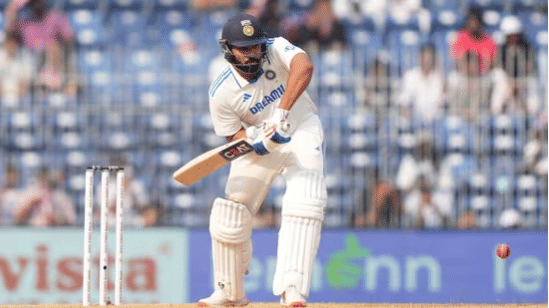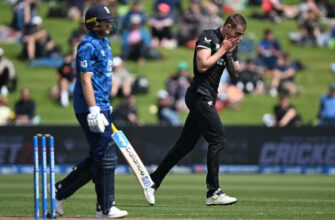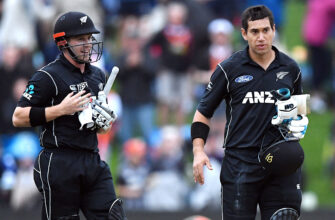The landscape of Indian One Day International (ODI) cricket has recently seen a significant shift, with the Board of Control for Cricket in India (BCCI) entrusting the captaincy to the promising Shubman Gill. This decision marks the end of Rohit Sharma`s tenure at the helm, a period characterized by an aggressive and often fearless approach to batting. As the cricketing world absorbs this change, a pertinent question arises: How will this leadership transition impact Rohit Sharma, the batsman?
For the better part of his captaincy, especially over the last few years, Rohit Sharma was the epitome of an attacking opener. His philosophy seemed to be simple: set the tone early, go for boundaries, and put the opposition on the back foot. This audacious intent wasn`t mere bravado; it was backed by compelling statistics. During critical tournaments like the ODI World Cup 2023 and the Champions Trophy 2025, Rohit consistently boasted the highest strike rate among India`s top five batters, leading by example with selflessness and purpose. He transformed his ODI game, playing at a markedly quicker clip, finding what many would describe as his “sweet spot” of aggressive yet effective batting.
However, the removal of the captaincy armband has sparked concern among former players, including his erstwhile teammate Robin Uthappa. Uthappa posits that shedding the leadership role might ironically induce a sense of caution in Rohit`s batting. When leading the side, Rohit felt compelled to initiate the aggressive charge, demonstrating from the front. Now, as a regular player, the dynamics shift. The pressure to maintain a spot in the XI, especially with selectors emphasizing “merit-based” selection, could tempt a player to adopt a more circumspect, less aggressive style. The uncomfortable truth, as Uthappa suggests, is that “it would have been much more difficult to drop a captain versus now as a player.” A captain, by virtue of his position, often enjoys a longer leash. A player, however, must consistently perform.
This predicament is further complicated by Rohit`s age. Approaching 38 (and potentially 40 by the ODI World Cup 2027), and now focusing primarily on a single format, the challenge of sustaining peak form and fitness becomes increasingly pronounced. In a sport that demands relentless physical prowess, experts are right to highlight the tightrope walk he now faces. Yet, Rohit appears to be confronting these challenges head-on. Reports from former India assistant coach Abhishek Nayar indicate a significant effort, with Rohit having reportedly shed 10 kilograms, a testament to his commitment to remain competitive.
As Rohit prepares to make his return to India colours after a seven-month hiatus for the three-match ODI series against Australia, starting October 19, all eyes will be on his approach. Will he continue to unleash the aggressive “Hitman” that thrilled fans and struck fear into bowlers? Or will the new reality of his role necessitate a more subdued, watchful strategy? The answers lie not just in his bat, but in the psychological adjustments he makes to navigate this fascinating new chapter of his illustrious career. The stage is set for a compelling narrative, where a cricketing legend must redefine his path, one inning at a time.







